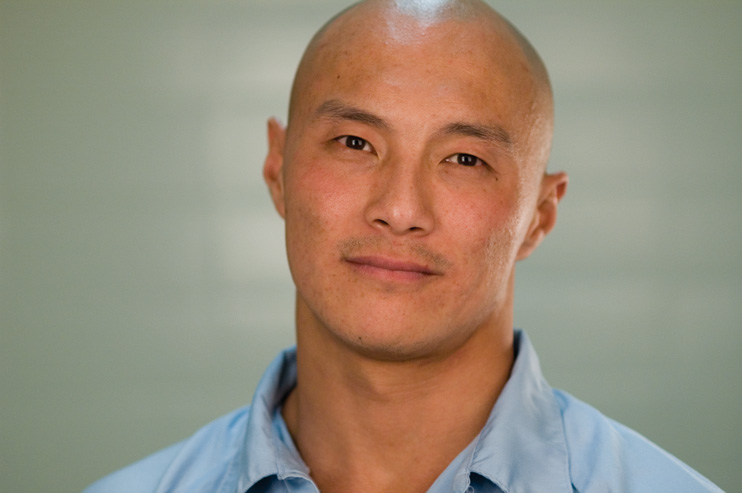By Jamie Morgan
Chicago’s River North art district is filled with one-track mind galleries, devoted to specific styles like glass blowing, abstract paintings or modern photography. But there is one gallery devoted to contemporary Asian culture, whatever the medium may be.
From furniture fashioned from kapok wood, to photography printed on handmade rice paper, to sculptures shaped out of register tape and calligraphy ink, the artwork on display at the Andrew Bae Gallery is the epitome of eclectic.
Bae opened his gallery in 1990 and was intent on steering away from traditional Asian hanging silk scroll paintings. The sculpture in the front of the gallery — a vintage BMW motorcycle made of silver wire by artist Keysook Geum — proves it.
“My focus here is introducing what is current,” he says. “It is contemporary, it is universal.”
This may be the reason his patrons are from all around the world. Ironically however, he has not had a single Korean customer, and rarely a Korean visitor.
However, Bae says there are cultural reasons that explain why he has little support from Chicago’s nearby Korean community.
First-generation immigrants strive for the American dream of affluence and emphasize the importance of job stability to their children. Nurturing an interest in art is usually an afterthought.
“You’ve got to have a stable job here,” explains Bae. “You’ve got to survive. Survival, that’s the languageon their mind.”
Bae actually opened the gallery with the intention of not only exposing Korean artists to the community, but to expose the Korean American community to art. While he’d like to attract more Korean visitors, Bae appreciates how his “risky business,” (he says some years can be profitable and others like a drought) manages to bring in regulars like Garry Szumsky.
A Chicago-based photographer, Szumsky has been coming to the Andrew Bae Gallery since the unveiling of the BMW wire sculpture and likes the mélange of work the place has to offer.
“It’s not just photography,” he says. “It’s not just paintings after 1950 … it’s all good art.
“Scratch that, it’s all great art.”
Pieces range from $300 to $60,000 and many are Asian-themed like Kwang Jean Park’s paintings based on the ancient philosophy of yin and yang and June Lew’s series “Empty Clothes,” which uses Korean hanji paper as its canvas.
“I’m not surprised to see some Asian aesthetic,” says Bae. “But who you are is much more important than what you are.”
Bae says that in today’s art world anything goes. Contemporary art can have any theme; past, present or personal and use any material. So he keeps an eye out for fresh talent by visiting galleries and browsing magazines. But he’s in no rush to find new artists. A few have been with him for more than a decade.
The artists hail from Korea, Japan and Europe. Some were born in America while others immigrated here.
Bae himself arrived from Seoul in 1972. He lived in Battle Creek, Mich., and, like an artist, went through different periods.
He got his master’s degree in chemistry from Western Michigan University and became a food chemist for the Kellogg’s Company.
“By the time I was 30, I was already one of the typical middle-class Americans,” says Bae. “I guess that’s not enough challenge for me.”
He decided to move to Kansas City and open a gift shop. Later he ran a décor store with a business partner.
They opened four other stores, but their tastes began to drift apart. Bae went contemporary while his partner preferred antiques. Bae felt contemporary art was more visually pleasing and more marketable.
Bae never considered himself an artist, but his next stint was designing furniture that he sold to museums in Chicago and San Francisco. He even has two of his tables in the gallery. In 1990 he began studying contemporary Asian art, and opened up his gallery. Six years later, he decided to feature only contemporary Asian art and he says it’s been a roller coaster ever since. Fun, but unpredictable, maybe a bit scary but worth it at the end.
“I always liked beautiful things,” says Bae. “I think that’s the only string — connection — that I have here.”







